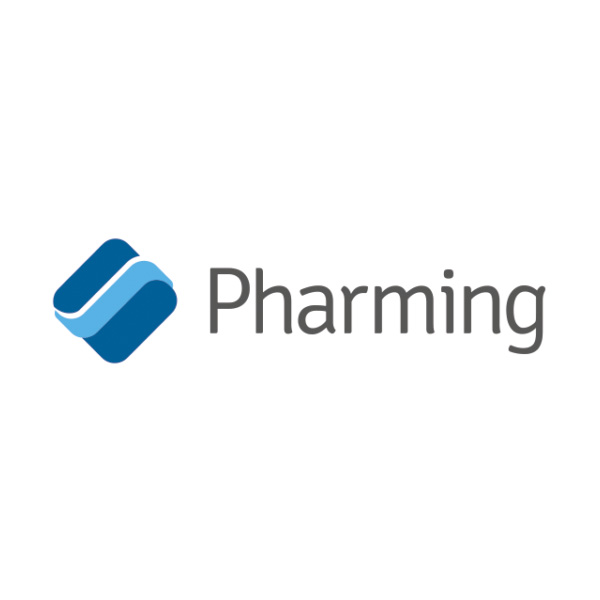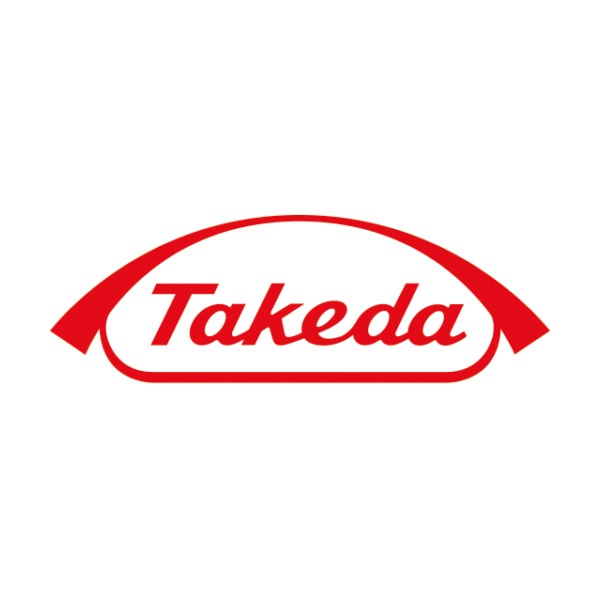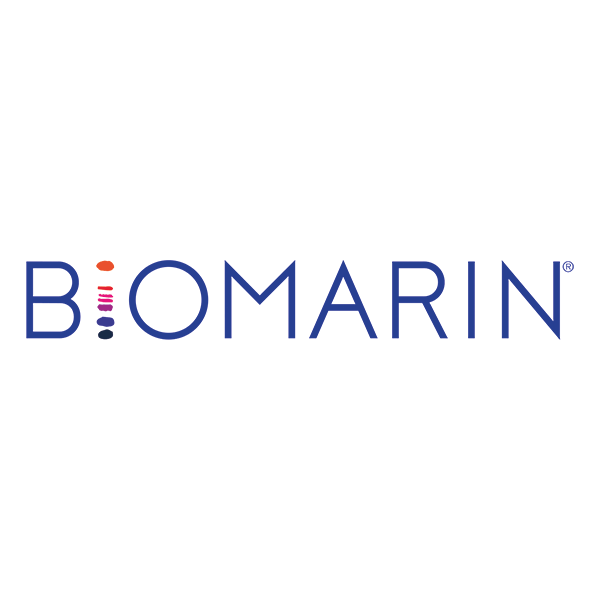Meet Michal
This video was recorded for the 10th anniversary of hae day :-)
Tell us a little about yourself
I am an HAE type I patient, luckily diagnosed at the age of 17.
I am co-founder and President of the Polish HAE Patient Association known as “Swelling Beautifully”. I have been involved in HAE advocacy in my home country since 2005 and internationally since 2011, just after I became HAEi Vice President.
I was appointed Regional Patient Advocate in 2016, and currently, I am responsible for both the Central Eastern Europe (CEE) and Benelux region and the Middle East Region.
I live in the city of Krakow, Poland, with my wonderful wife and two amazing children: daughter Sabinka and son Louie, who has inherited HAE from his father. I am an architect specializing in large commercial residential and service projects.
Tell us a little about your regions
The Central Eastern Europe & Benelux Region
The Central Eastern Europe & Benelux Region consists of the following countries: Armenia, Belarus, Belgium, the Czech Republic, Estonia, Georgia, Hungary, Kazakhstan, Latvia, Lithuania, Luxembourg, Moldova, the Netherlands, Poland, Russia, Slovakia, and Ukraine. It is an area inhabited by nearly 326 million people and very diverse in terms of culture and languages. These are the regions where Western culture mixes with Slavic and Asian cultures and where nearly 20 different languages are spoken.
Among these countries, there are several that are members of the European Union, which means that they share common features. However, speaking of health care systems, even among the EU Members, there are large differences in the approach to rare diseases and orphan drugs. We can also find many similarities among the countries that in the past were behind the Iron Curtain. The current availability of modern HAE treatments also varies. There are still places where HAE drugs are not registered or not available to patients. But the most important thing is that 85% of HAE patients in CEE are still not properly diagnosed.
In brief
- Region: Central Eastern Europe & Benelux
- Number of countries: 17
- Number of member organizations: 15
The Middle East Region
The Middle East is a region composed of 12 countries, where 11 are Arabic-speaking countries, and one is a Persian-speaking country. The region is highly diverse economically, politically, and geographically.
There are challenges for HAE patients living in some Middle Eastern countries. Although countries with developed healthcare systems citizens offer access and reimbursement for most treatment options, this is available only to the 5% of the population classed as citizens. The majority of healthcare services are paid for through private medical insurance, which can complicate access and reimbursement of modern HAE therapies.
In brief
- Region: Middle East
- Number of countries: 12
- Number of member organizations: 11
What are you most proud of being able to do for the countries in your regions?
The Central Eastern Europe & Benelux Region
In my RPA activities, I am most proud of the fact that, despite broad cultural, historical, and linguistic diversity, we were able to jointly implement fantastic HAEi resources for the benefit of HAE patients around the region, and at the same time provide mutual support, understanding, and respect. The crowning achievement of this cooperation is the Regional Workshops we organize each year, during which representatives of all Member Organizations (MOs) from the region meet and share new ideas, tools, and patient advocacy approaches.
I am proud of everything that has been achieved so far, whether a short virtual meeting or large-scale projects. Every single minute spent with each MO in the region was an effective time, which will surely increase the quality of life of HAE patients. I am lucky to work with amazing patient advocates from Central Eastern Europe and Benelux.
The Middle East Region
The HAE knowledge and awareness in the region is higher than ever before, with more and more patients diagnosed, some modern HAE treatments registered, Angioedema Centers of Reference and Excellence (ACARE) centers accredited, and access to different HAE medications in some countries.
Together with Rashad Matraji we are proud that HAE is now a hot topic during all medical meetings organized whereas it was barely known in the region before; HAEi MOs in the region have taken further advocacy actions for the benefit of local patients, and we’re giving support and motivation given to all patients so that they understand that advocacy can have a significant positive impact on their ability to live a normal and healthy life.
What changes have happened for people with HAE in your regions whilst you have been an RPA?
The Central Eastern Europe & Benelux Region
Since I became RPA for CEE & Benelux, many positive things have happened for people with HAE. Since 2016, seven new national HAE organizations have been established, and eight MOs have been incorporated into the HAEi family. Importantly, modern HAE drugs were registered for the first time in two countries, and reimbursement for HAE treatment was approved in several other countries. Thanks to everyone’s hard work, the HAE community in CEE & Benelux has become stronger, increasing awareness and education about HAE. Furthermore, new HCP’s have emerged in the field of HAE.
The Middle East Region
It is important to underline that increased HAE awareness in the region has led to greater diagnosis and interest from healthcare professionals (HCPs). Awareness also influenced the application of several centers in the region to apply for ACARE accreditation and the development of the HAEi Regional Medical Advisory Panel (RMAP). There are now 11 HAEi Member Organizations (MOs) supporting patients in the region. All this has led to registered and available HAE treatment options in some Middle Eastern countries.
What next steps will you be taking as an RPA to support your regions?
The Central Eastern Europe & Benelux Region
My next steps will focus on detailed cooperation within the Regional Advisory Group and Regional Medical Advisory Panel. These are HAEi’s key projects in the process of decentralizing the organization’s approach that will lead to the further and faster development of activities in the region. The next steps will also focus on the implementation by patients/MOs of the tools offered by HAEi.
The Middle East Region
Our future plans in the region include hosting Member Organization Regional Advisory Group (RAG) and HCP RMAP meetings, and the successful implementation of further tools offered by HAEi, in particular Emergency Department Posters and the HAE TrackR mobile app. As always, we will maintain ongoing communication with MOs supporting them in their daily activities.
Want to know more about another HAEi Regional Patient Advocate?
>> Central Eastern Europe, Benelux and Middle East
>> Central America and Caribbean
>> Mediterranean, North Africa and British Isles










